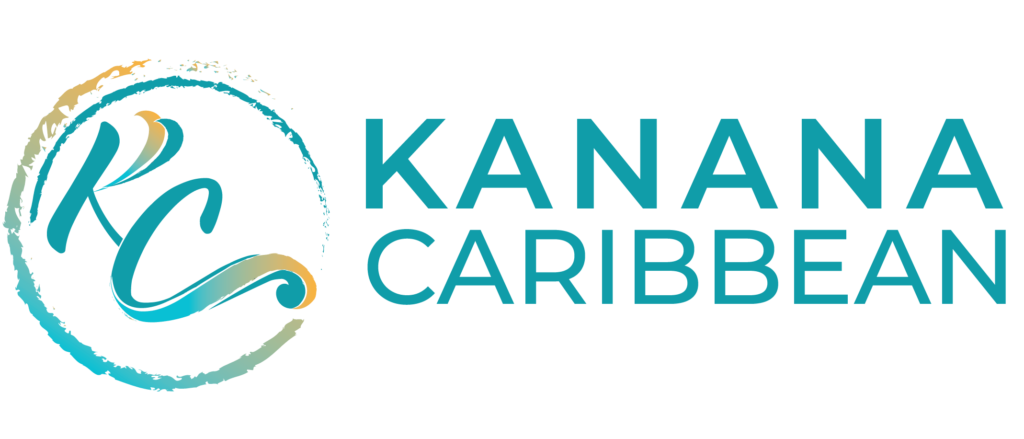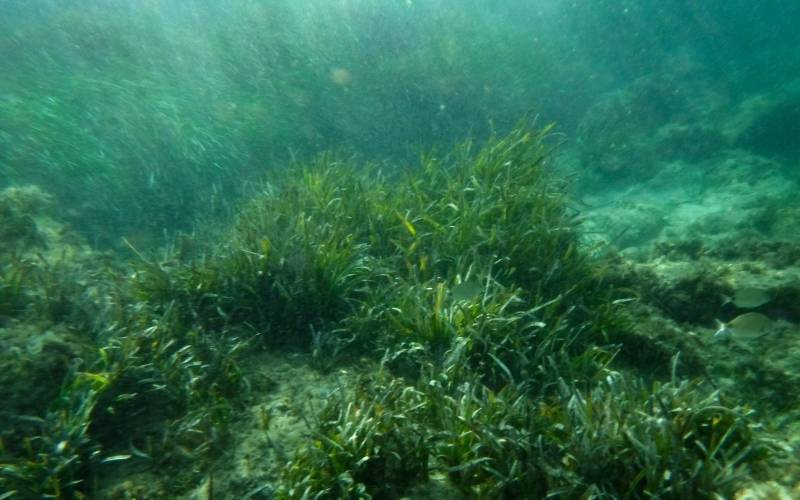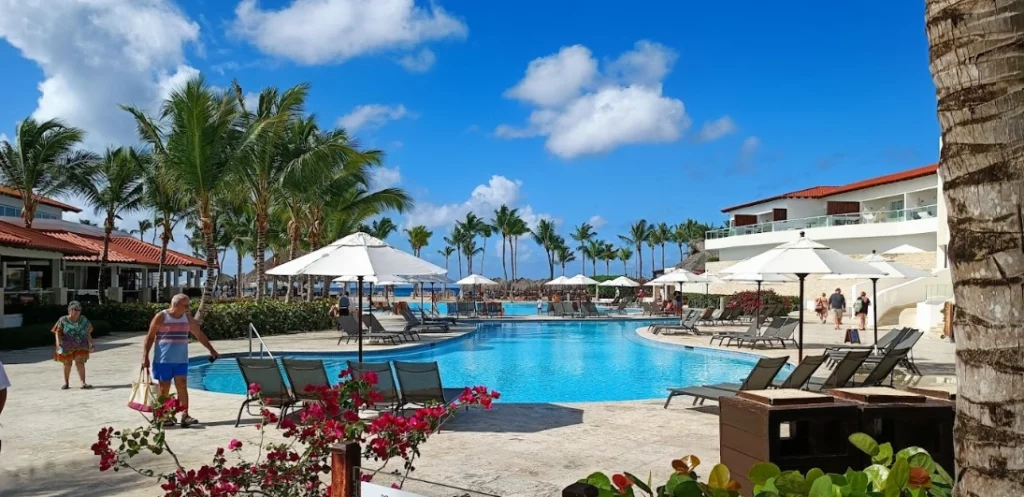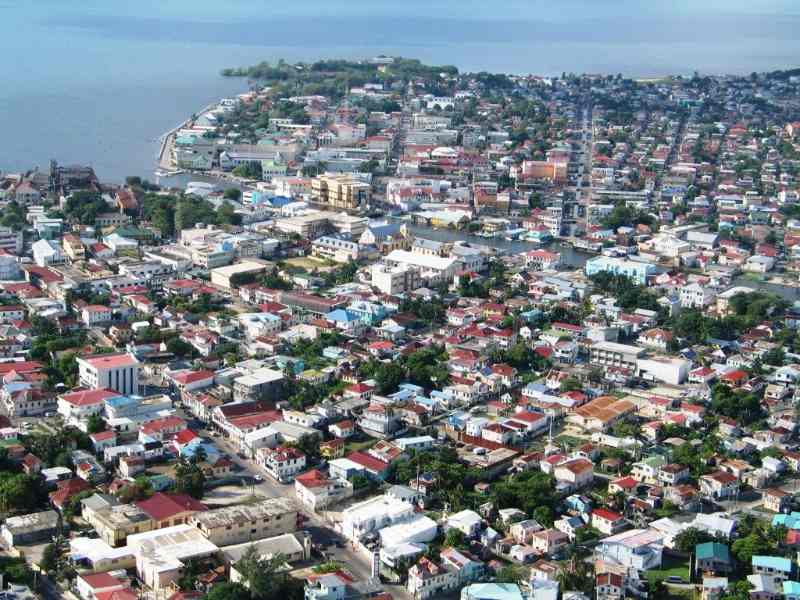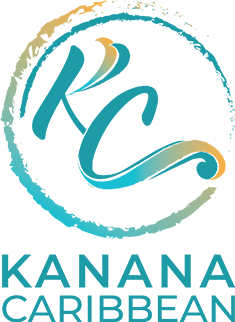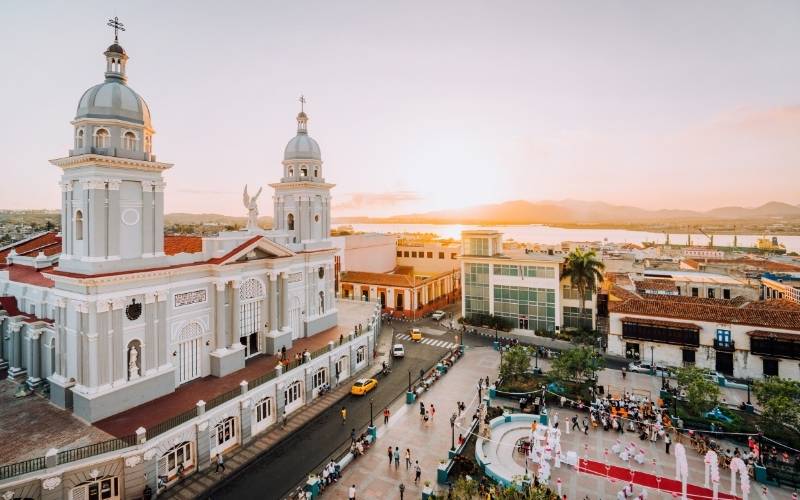
Top Rated Places To Have A Good Time in The US Virgin Islands
Home » Top Rated Places To Have A Good Time in The US Virgin Islands
The United States Virgin Islands are consistently ranked as some of the most attractive tourist destinations in the Caribbean.
This American territory is found in the Lesser Antilles, between the North Atlantic Ocean and the Caribbean Sea. It comprises approximately fifty islands and cays, the three most populous of which are Saint Thomas, Saint Croix, and Saint John.

After a troubled history marked by multiple occupations, the islands most visibly exhibit their Danish influence, as evidenced by some appealing examples of Neoclassical Danish architecture.
Another advantage is the natural beauty of the area. The islands have verdant highlands, tropical forests, winding beaches, and rocky coves. The crystal blue waters and consistent breezes attract sailors and boaters, who like to anchor in the protected bays of the islands.
Each island emanates the distinct persona that is associated with it. St. Thomas is the island that attracts the most tourists and serves as the entry point to the British Virgin Islands archipelago. Charlotte Amalie, the largest town on the island, is the capital of the United States Virgin Islands and a major cruise ship port. This town has a wide variety of shopping, dining, and entertainment opportunities. Additionally, most of the larger resorts in the United States Virgin Islands are located on St. Thomas.
The largest of the three islands, St. Croix, is less dependent on tourism than its sister islands, St. John and St. Thomas. The historic center of its major town, Christiansted, as well as the sugar plantations, gardens, and seaside views that can be found along the Heritage Trail, are among the most popular things to see and do here. Buck Island Reef, the first underwater monument in the United States, may be found on the island of St. Croix.
St. John is a haven for nature lovers and eco-tourists, thanks to the Virgin Islands National Park encompassing about two-thirds of the island. Hiking, diving, snorkeling, fishing, and kayaking are popular things to do here.
Table of Contents
Top 6 Places To Visit in US Virgin Islands
Virgin Islands National Park, St. John

Virgin Islands National Park, a gem of the Caribbean, draws more than a million tourists annually, making it the leading tourist destination for the entire archipelago.
Make this one of your top destinations while visiting the US Virgin Islands, if possible.
In 1956, Laurence Rockefeller gave the National Park 5,000 acres of property. Today, the park, which features hiking paths, protected coves, breathtaking beaches, underwater sea gardens, petroglyphs, and the remains of medieval sugar mills, occupies two-thirds of the emerald island of St. John. A fantastic way to discover some of these sites is to take the Reef Bay Guided Hike, one of St. John’s most well-liked walking trails.
The landscape is made up of steep mountains, deep valleys, white-sand beaches, and coral reefs. To grow sugarcane, most of the forest cover was destroyed, but after the plantations were abandoned, the land again became forested. Around 800 plant species, many of them introduced, can be found in the park, which includes semi-arid scrubland and moist subtropical highlands. In the driest places, cactus and agave plants flourish.
Marine life is fed and protected by mangrove swamps near the beach and seagrass beds in shallow water. Sea grapes and manchineel (Hippomane Mancinelli) grow on the beaches, while other common plants include orchids, hibiscus, frangipani, bougainvilleas, palms, kapok trees, mangoes, and bay rum (revered for its fragrant oil). The coral reefs in the park support an extensive range of vibrant fish and other marine life.
Numerous migratory species stop by, and the island is home to more than 20 species of tropical birds, including the ani and the bananaquit. Along the beach, it’s typical to see pelicans, frigate birds, and a variety of shorebirds. It’s also where endangered green and hawksbill sea turtles lay their eggs. There are lots of lizards, including geckos, anoles, and iguanas. The sole natural land mammal is the bat; the mongoose, which was introduced from Europe to manage rodents, has since wiped out or severely diminished populations of native sea turtles and birds by consuming their eggs.
The 1718 Annaberg Sugar Mill and other sugar plantation remains are visible in the park. There are many hiking paths in addition to popular water sports, including fishing, sailing, windsurfing, snorkeling, scuba diving, and underwater hiking in Trunk Bay.
Exploring all of this natural beauty is one of the most well-liked activities in the Virgin Islands and provides a memorable experience for those who enjoy the outdoors.
Coral Reef National Monument

Within the boundaries of the Virgin Islands, Coral Reef National Monument are submerged federal lands that are located within a 3-mile belt off the coast of St. John.
These seas are home to various ecosystems, including mangrove forests and seagrass beds, which contribute to the richness and complexity of the coral reef environment.
The Virgin Islands Coral Reef National Monument is a protected natural marine region that is located in the West Indies, in the vicinity of the island of St. John in the United States Virgin Islands. The Virgin Islands National Park prompted the establishment of the national monument in 2001 to preserve its treasures better. It is adjacent to the northwestern and southern parts of the park and comprises approximately 22 square miles (56 square kilometers) of submerged reef and other marine ecosystems.
A “no-take” fishing zone has been established within the monument to ensure that depleted fish stocks and damaged reefs have the opportunity to recover. Expanding the amount of usable parkland also results in an increase in the number of options for tourism in the surrounding area. Visitors can reach the historical site by land at one spot (Hurricane Hole) and by boat.
Some of you might be seeking a slightly different pace on the island of St. John, even though Cruz Bay is a lot of fun with its clubs, restaurants, and general buzzing vibe. Coral Bay is a tranquil hamlet located in a remote part of the Virgin Islands; the people who live here are salty, the bars are divey, and the scenery is stunning. Welcome to Coral Bay!
I can’t stress enough how important it is to find a place to stay close to Coral Bay if you want to reach some of the more inaccessible parts of Virgin Islands National Park. You’ll be near some of St. John’s most popular tourist destinations, such as remote beaches like Salt Pond Beach, epic hiking paths like Rams Head, and stunning paddling routes through Hurricane Hole.
Coral World Ocean Park

Are you looking for a family-friendly destination?
Everyone will enjoy the immersive marine experience that Coral World Ocean Park provides. The park has a large glass-enclosed coral reef tank, a marine gardens aquarium, a tropical nature walk, and an underwater observatory.
The 25-minute trip to Coral World Ocean Park is lovely. For your 2 1/2 hour self-guided tour of Coral World and nearby Coki Beach, the staff will give you a quick orientation and colorful souvenir map when you arrive. You will have numerous chances to interact closely with unique birds, reptiles, and aquatic species. In the Undersea Observatory, you can walk underwater without getting wet. Visit the Caribbean Reef Encounter, an 80,000-gallon reproduction of a living reef, to see an incredible variety of marine life. Admire the elegance of stingrays, sharks, and sea turtles.
Animal enthusiasts can interact closely with sharks, dolphins, sea lions, and turtles. You can swim with dolphins and sea lions, hand-feed stingrays, and get up close and personal with rainbow lorikeets. Sea turtles, stingrays, young sharks, seahorses, sea stars, conch, sea cucumbers, iguanas, and lorikeets are other creatures in the park. Many creatures, including turtles, are taken from the wild and released as soon as it is safe to do so.
The park has had a recognizable Underwater Observatory Tower since it first opened in 1978. To enable viewing underwater, the tower dives 20 feet into the sea. A South American sea lion enclosure and an 80,000-gallon circular Caribbean Reef Encounter tank were later additions to the park. These structures host regional fish and other marine creatures. To move ocean water around the exhibits, the park employs an open-water system
Through touch interactions, feedings, swims, snuba, and Sea Trek, the park strongly emphasizes visitor education and connection with the animals.
Sea turtles in need of rehabilitation can be seen at Coral World. Visit the Touch Pool to meet a hermit crab, and hold starfish, sea urchins, and other sea life that can be touched. Visit the Lorikeet Garden to feed these animated and colorful birds nectar. The adjacent Coki Beach offers pristine seas for swimming and sunbathing. Visit one of the distinctive gift shops to find a particular present or keepsake, then unwind and rehydrate at one of the outdoor cafes.
SNUBA, parasailing, and a Sea Trek helmet dive, where you can stroll down the Caribbean Sea floor, are some of the other well-liked activities nearby. A Nautilus semi-sub is also available at the park.
Watch out for the wild iguanas wandering the park while you’re here.
Christiansted
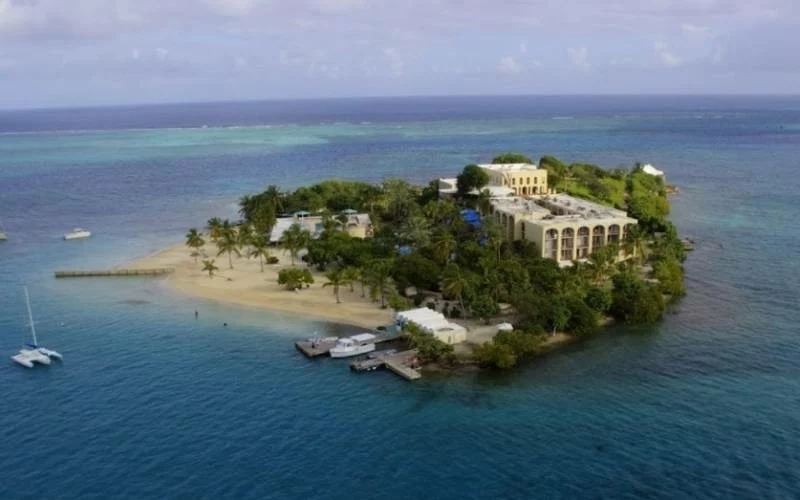
As the first branch of the National Park Service in the American Virgin Islands, Christiansted National Historic Site was founded in 1952.
The park, which spans more than seven acres, conveys tales about the Danish economy and way of life and the contacts between people in Europe, Africa, the West Indies, and North America during the period when Denmark occupied the Virgin Islands (1734-1917).
The major town of St. Croix, Christiansted, is situated between a reef-protected, shallow harbor and the island’s north coast. Christiansted, a bustling harbor, once served as the region’s capital. Its charming, six-block historic area pays homage to the heyday of Danish affluence.
The town’s magnificent pink and gold Neoclassical buildings were created using Christiania (now Oslo), a town in Norway, as a model. It also offers a wide selection of lodging, dining, and entertainment options.
This charming town, which is built around Christiansted Harbor, is home to a variety of boutique hotels, stores, eateries, and activities on the water. Explore Fort Christiansvaern and see the town’s traditional Danish architecture. Alternatively, join a snorkeling or scuba diving excursion with one of the many water sports businesses in Christiansted. Take a leisurely meal by the ocean while strolling along the boardwalk.
Shop at one of the numerous unique boutiques and stores housed in the town’s old structures. Attend one of the four-yearly Jump Ups conducted downtown if you are fortunate enough to be on St. Croix at the appropriate time of year. You may also go to the adjacent Gallows Bay for more shopping, food, and daily necessities. Christiansted has something for everyone, regardless of how long you want to spend on St. Croix.
The Christiansted National Historic Site, which includes the Fort Christiansvaern, Customs House, and Steeple Building, is a fantastic place to start a walking tour. Apothecary Hall, Government House, Protestant Cay’s beaches, and aquatic activities are some more municipal highlights. Each week, several cruise ships call at Christiansted’s harbor.
The only known location where Christopher Columbus set foot on American soil is the Salt River Bay National Historic Park, located about five miles west of Christiansted. It is now a popular location for kayak tours through the mangroves and an ecological reserve, particularly for night bioluminescence cruises with Virgin Kayak Tours.
Charlotte Amalie

The capital of St. Thomas Island and the US Virgin Islands, Charlotte Amalie, previously Saint Thomas, is located near the southern tip of the island at the head of St. Thomas Harbor.
It is situated on three low volcanic spurs known as Frenchman Hill (Foretop Hill), Berg Hill (Maintop), and Government Hill (Mizzentop) and is the largest city in the Virgin Islands. It was named Charlotte Amalie, or Amalienborg, in honor of the Danish queen when it was founded as a Danish colony in 1672.
The city is renowned for its history, building design, and Danish colonial architecture. The city has dozens of Danish-named streets and locations. Historic structures can be found in Charlotte Amalie, including Frederick Lutheran Church and St. Thomas Synagogue, the second-oldest synagogue in the United States.
Pirates have a long history in the town, notably according to Bluebeard mythology and Blackbeard facts and legends. The pirate-named Blackbeard’s Castle and Bluebeard’s Castle were both constructed by the Danes in the 17th century. The Blackbeard’s Castle is a US National Historic Landmark.
In addition to having a wide variety of dining establishments and entertainment venues, Charlotte Amalie has the Caribbean’s greatest concentration of boutiques and jewelry stores, as well as many beautiful beaches for swimming and snorkeling.
Charlotte Amalie begs you to meander through its cobblestone lanes, up to its stairways, admire vintage West Indian furnishings in old homes, and discover Danish defenses from the 17th century. It was established in 1681 by Danish settlers and is home to numerous structures that offer a look into colonial life. It is recognized as a location of particular historical importance in the National Registry of Historic Places. Charlotte Amalie, sometimes known as Downtown or just Town, is a bustling hub for the government, schools, offices, retail, and residential today.
Visit the old and modern Charlotte Amalie to witness the city’s transformation from a bustling duty-free port to a colonial trade station. The following is a list of potential destinations for your trip. Kongens (King’s), Dronningens (Queen’s), and Kronprindsens (Crown Prince’s) are the three quarters that make up Charlotte Amalie. They are similar in that step streets are used, but each has its own personality. Historic structures can be found in all three quarters. Some of the most accessible and well-preserved are found in a small section of Kongens Quarter and along Main Street in Dronningens Quarter.
The calm St. Thomas Synagogue, renowned for its sand floor, the historic 99 steps leading to Blackbeard’s Castle, a National Historic Landmark, and touring Fort Christian, the island’s oldest structure, are just a few of Charlotte Amalie’s top attractions. The Emancipation Garden, the opulent three-storey Government House, and the characteristic honey-hued Frederick Lutheran Church with red shutters are additional well-known features.
Cruz Bay
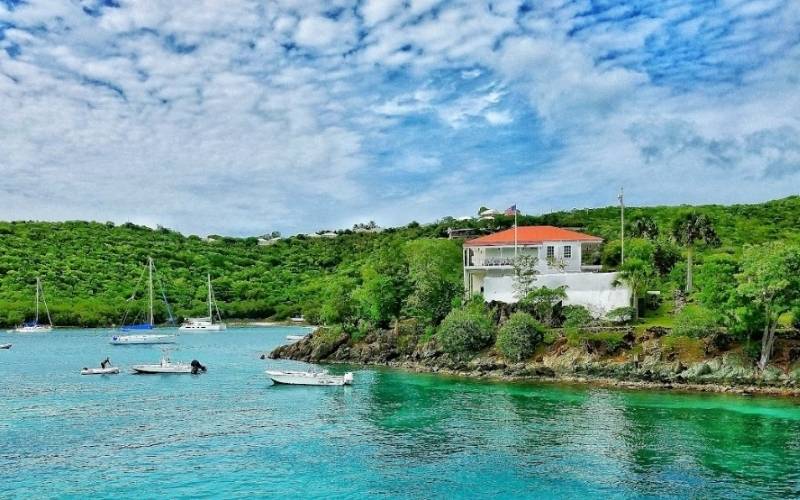
Cruz Bay is St. John’s “downtown,” located in a yacht-filled port and surrounded by high hills.
Cruz Bay was a peaceful customs port with little activity prior to the 1970s. Due to its varied, laid-back atmosphere, the once-small hamlet of 3,000 inhabitants has grown into a popular destination and acquired the nickname “Love City.”
The largest settlement on Saint John in the US Virgin Islands is Cruz Bay. This town’s harbor is crowded with sailboats from all over the world. With numerous little taverns, eateries, and shops, the little town square serves as the hub of trade. Mongoose Junction, a collection of luxury stores for clothing, jewelry, etc., a supermarket, and a vehicle rental are all accessible on foot. There is a bakery where you may get fresh bread.
Hotels and residences are tucked away in the hills surrounding the bay. For a small charge, you may either take a taxi from the town square to the numerous points of interest, or you can relax outside at a table and sip rum beverages with miniature parasols.
The beautiful sandy beaches and coral reefs of Cruz Bay lure enthusiastic snorkelers and scuba divers to its clear waters. Among the island, specialties are conch fritters, fried mahi-mahi, and scallops with a cornbread crust. Cruz Bay has a tonne of establishments, making it ideal for a pub crawl. The Beach Bar offers live music and sitting by the water. Burgers, beer, and karaoke are offered at Dog House Pub.
Old slave quarters and a windmill with stunning views of the Tortola and Jost Van Dyke islands can still be found among the ruins of the 1780 Annaberg Plantation. Duty-free shopping is available on Cruz Bay’s Main Street at a number of premium stores like Lladró, Waterford, and Rolex.
While in Cruz Bay, you can stop by the Elaine Sprauve Library, which is housed in a 1750s estate enighed home, the National Park Visitor Center, Cruz Bay Park, or enjoy a stroll around the town’s shops and eateries. The town serves as a jumping-off point for excursions to Virgin Islands National Park. It offers a wide variety of dining and retail opportunities among the pastel-colored villas dotting the hills on the village’s outskirts.
The Elaine Ione Sprauve Library & Museum, located in a renovated plantation great house, is a worthwhile tourist destination in the area. Through displays of pictures, newspaper articles, and Native American and colonial items, the museum tells the narrative of St. John. Local artists’ works are displayed in galleries. Beautiful Maho Bay and Hawksnest Beach, a well-liked snorkeling location, are nearby.
Key Takeaways!
The US Virgin Islands are known as “America’s Caribbean Paradise” and are where visitors may observe stilt walkers performing during Carnival parades, hear Creole dialects lilting in the background, and smell saltfish pate being prepared.
You can travel to St. Thomas, St. John, or St. Croix, or even better, spend some time on each island separately. In this manner, you can pack a holiday full of pampering, pristine nature, and historic history.
Every island has something unique to offer. St. Thomas is recognized for luxury, from the megayachts docked in the port to the high-end storefronts along Main Street. It is nicknamed “Rock City” due to its steep, craggy horizon. A short ferry ride to the east, St. John is popular with honeymooners and anyone who enjoy the outdoors because of its more than 7,000 acres of parkland and immaculate beaches.
Visitors can discover the history of slavery and the colonial heritage of the Caribbean island of St. Croix at a number of various forts and plantations.
It could be a little different now than visiting the islands a few years ago. Homes and hotels on the islands were severely destroyed or rendered uninhabitable due to Hurricanes Maria and Irma. But since 2017, the area has made enormous progress toward recovery and is now gladly accepting tourists once more. So don’t wait to make travel plans if you require a beach holiday.
Visit Kanana Caribbean for more island facts, vacation planning, sightseeing, travel deals, and upcoming events.
